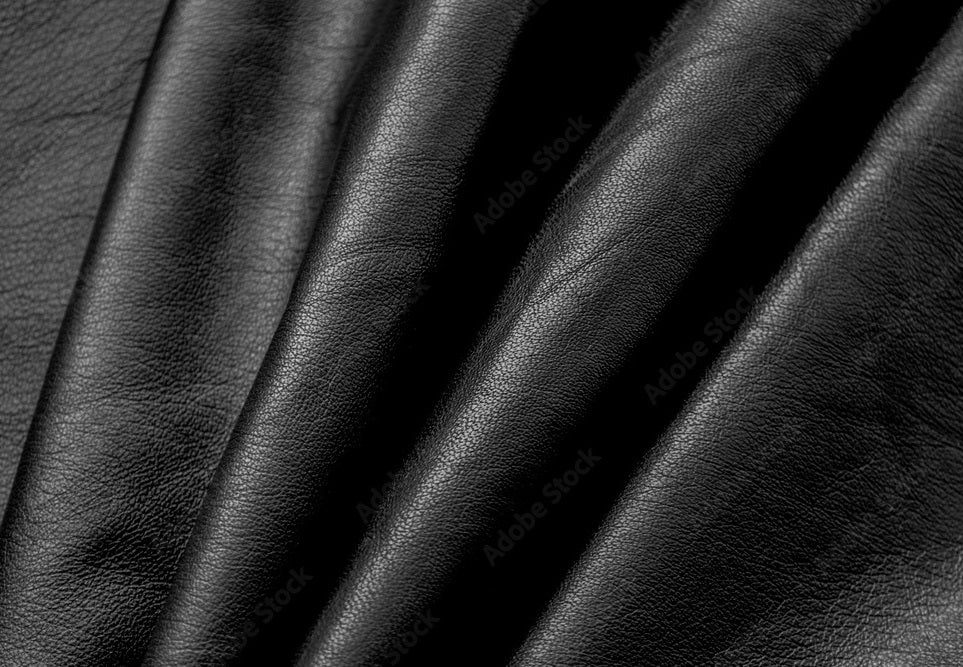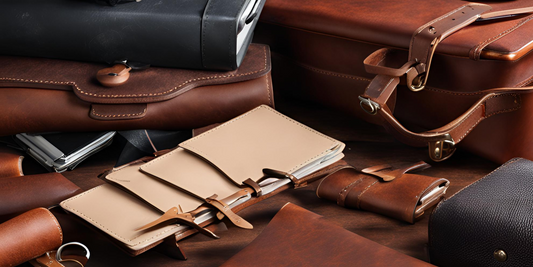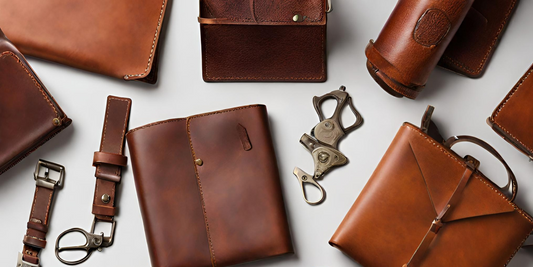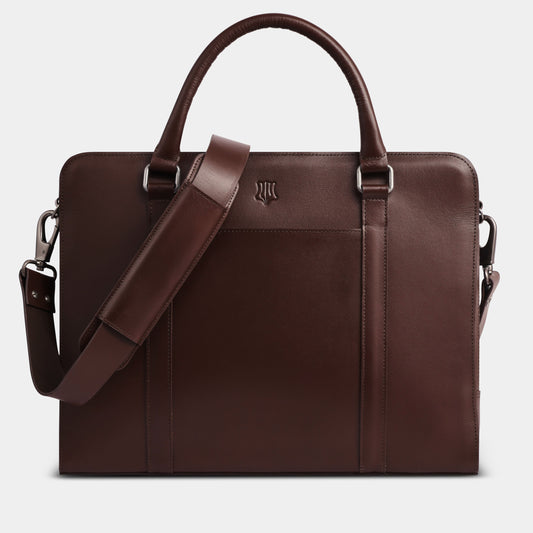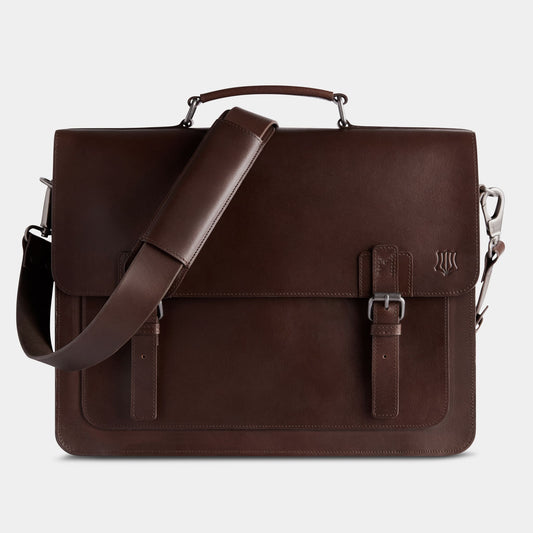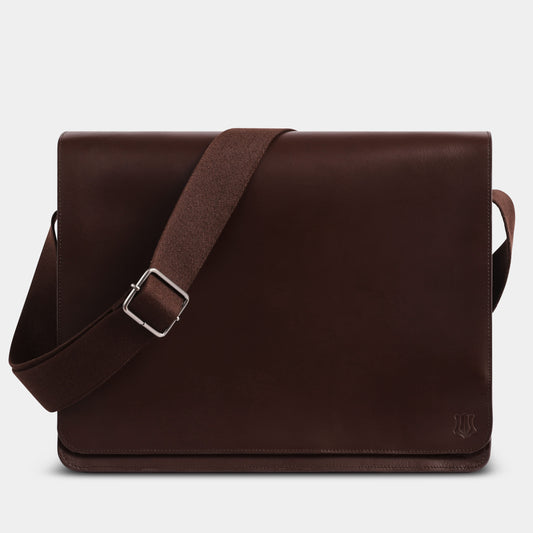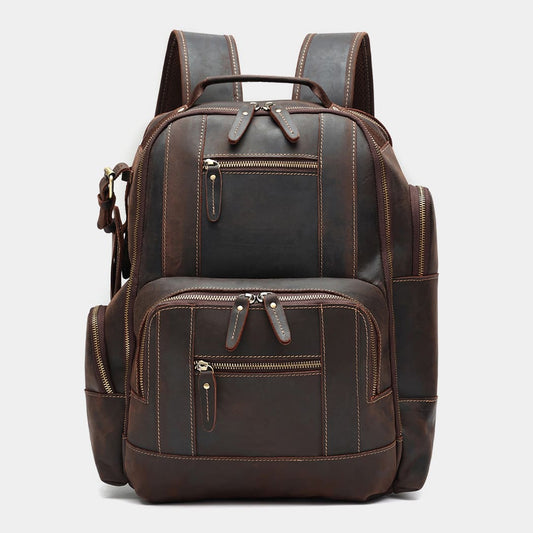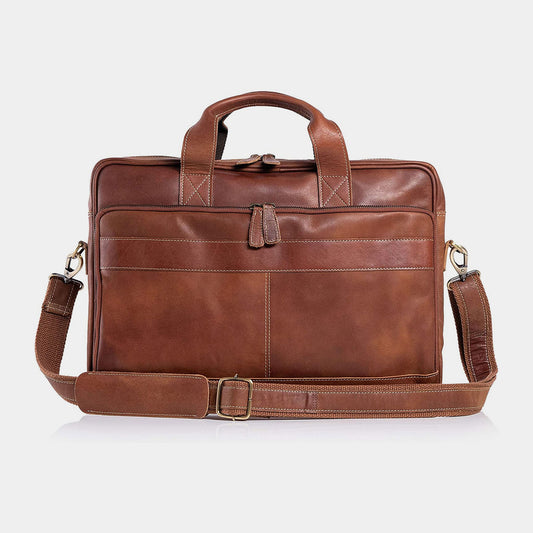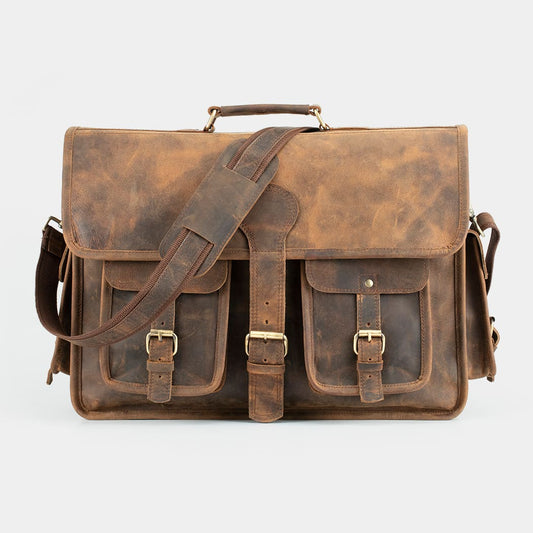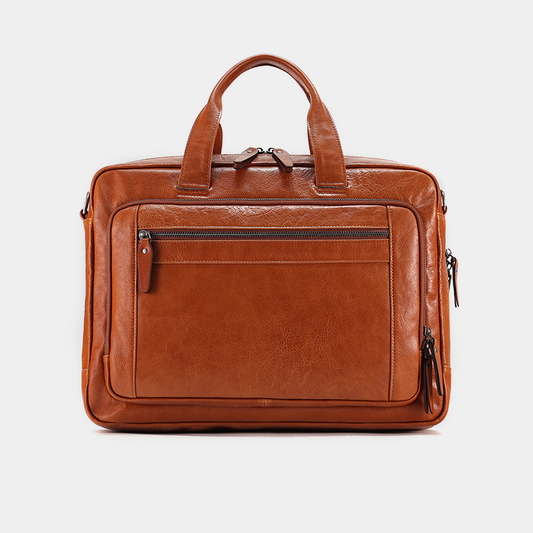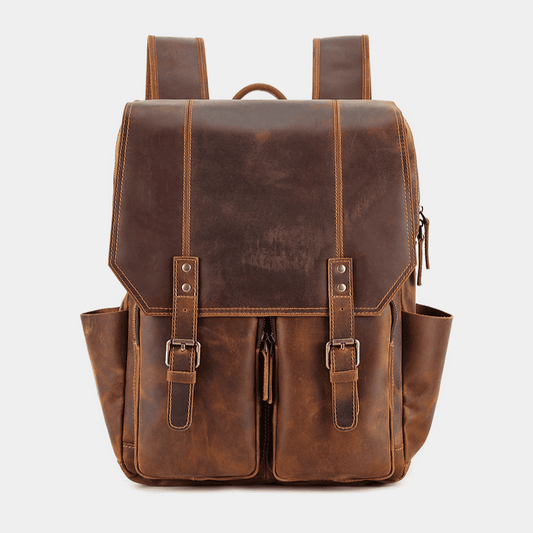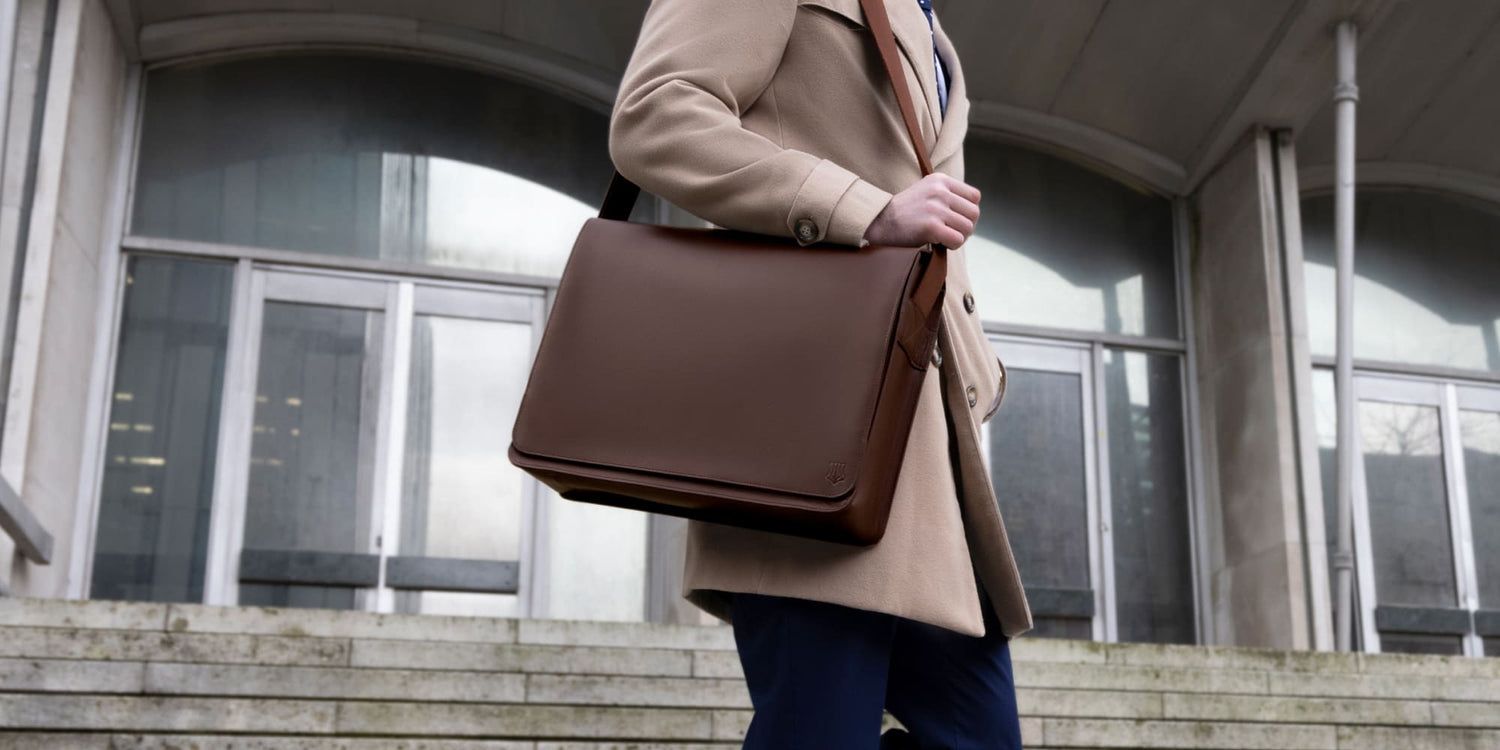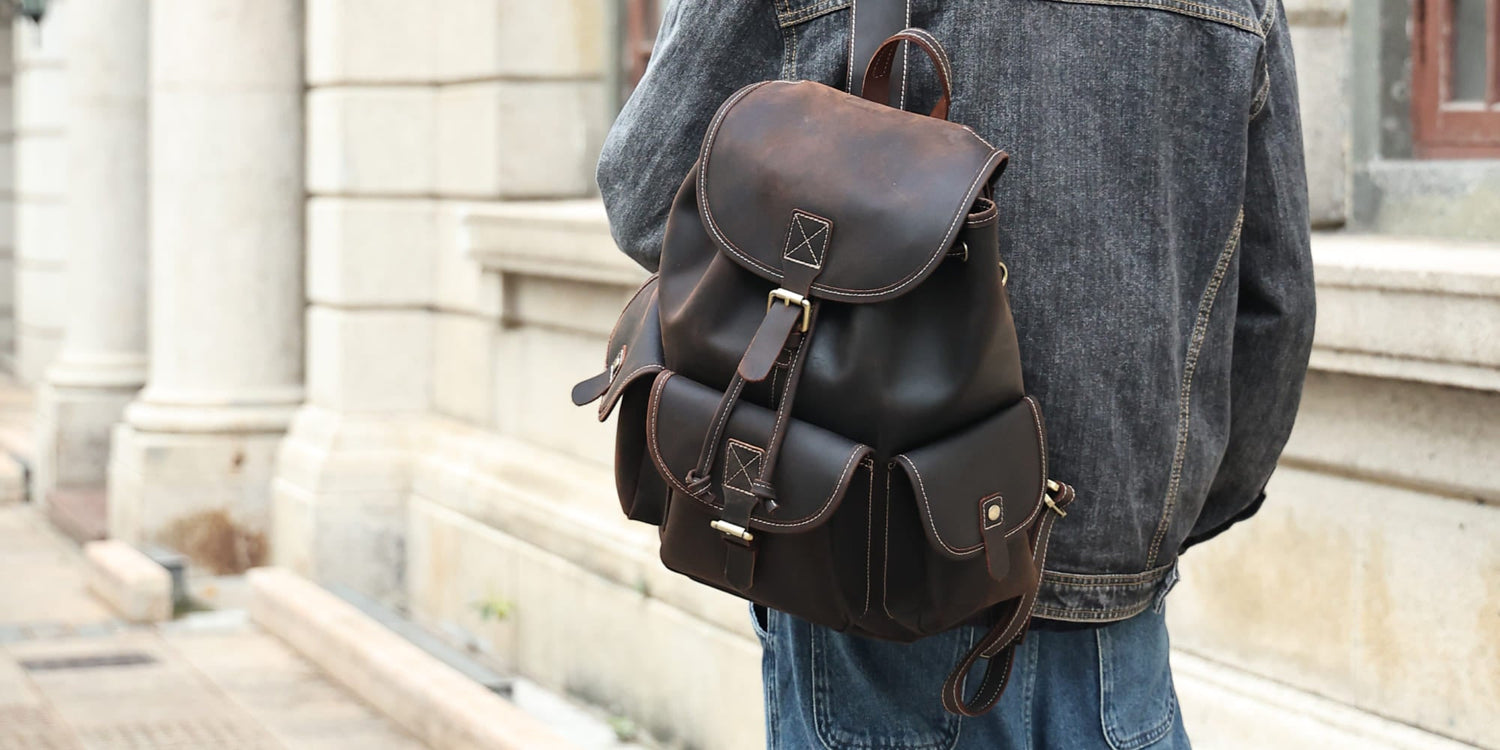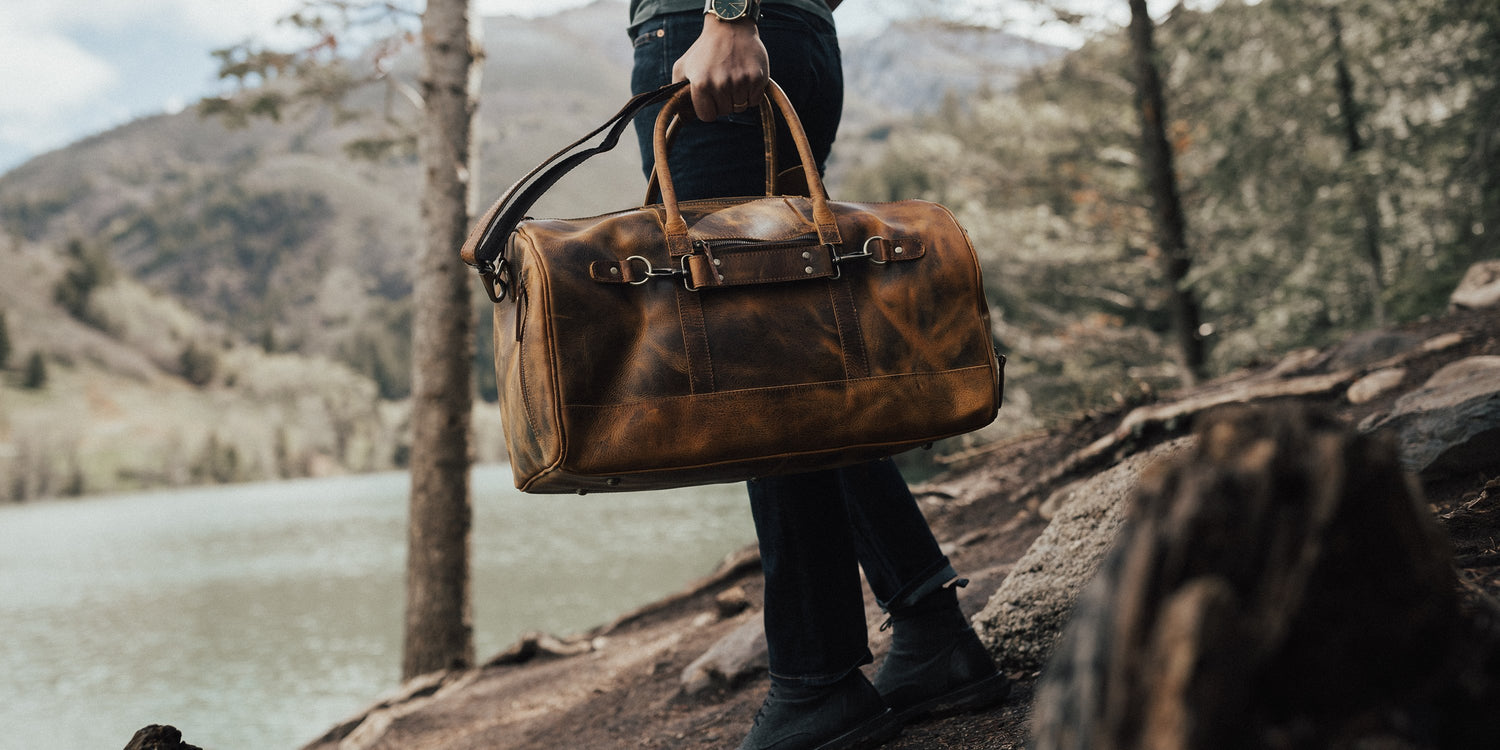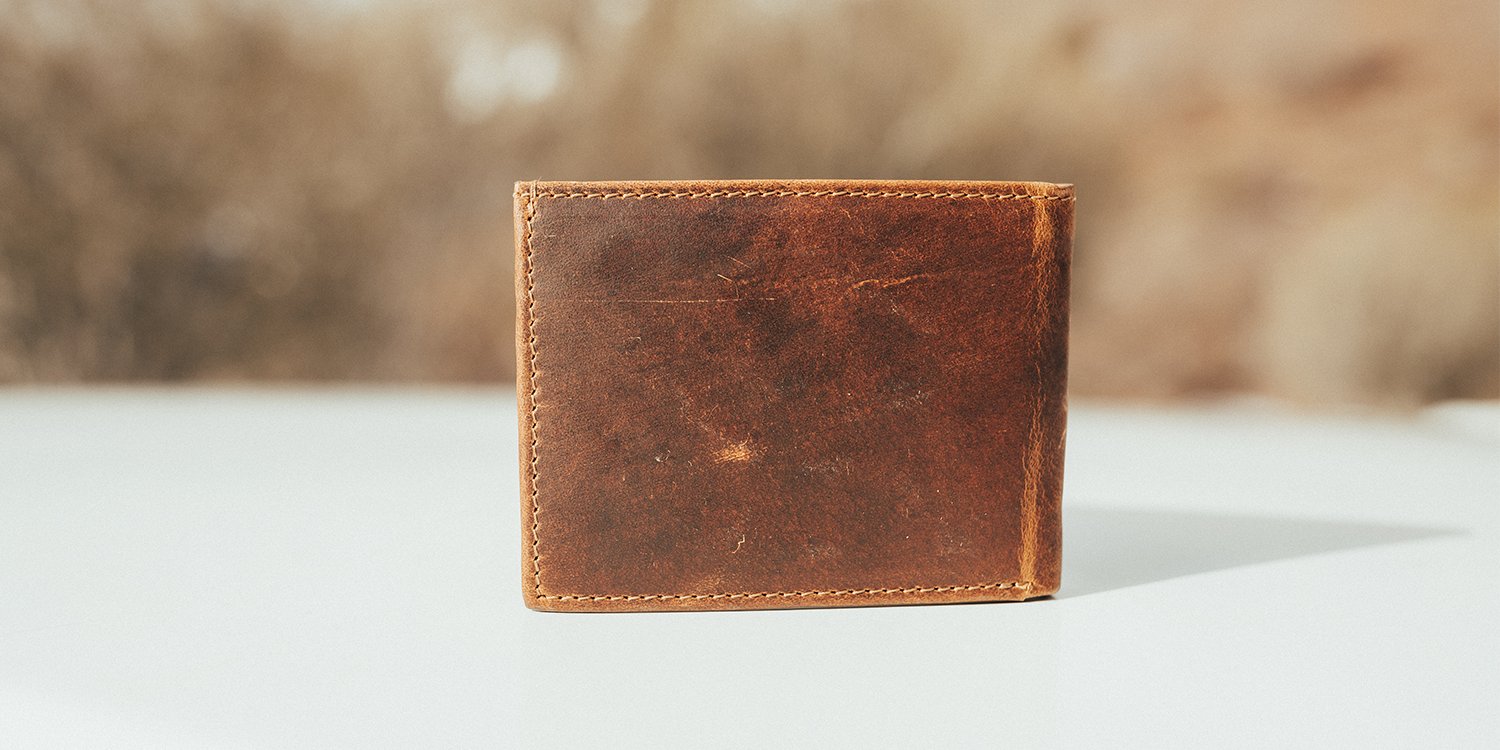Step into the world of luxury with nappa leather – the epitome of softness, sophistication, and style.
Renowned for its buttery texture and enduring quality, nappa leather has captured the hearts of fashion aficionados and discerning consumers alike.
From sleek handbags to sumptuous upholstery, discover the allure of nappa leather and indulge in timeless elegance.
What is Nappa Leather?
Nappa leather is a type of high-quality, soft, and smooth leather known for its luxurious feel and durability.
The term itself can describe a variety of thicknesses and cuts but it is typically made from lamb, kid, or sheep skin using the best quality parts of the hide.
Its lack of a concrete definition means that lots of different products are described as ‘Napa leather’ including leather bags, furniture, and even clothing.
The term Nappa, generally, is descriptive of the tanning process and can indicate some of the properties of a luxury leather product.
Where products aren’t described as ‘Nappa’, it’s recommended to look for full-grain or top-grain leathers for high-quality goods.
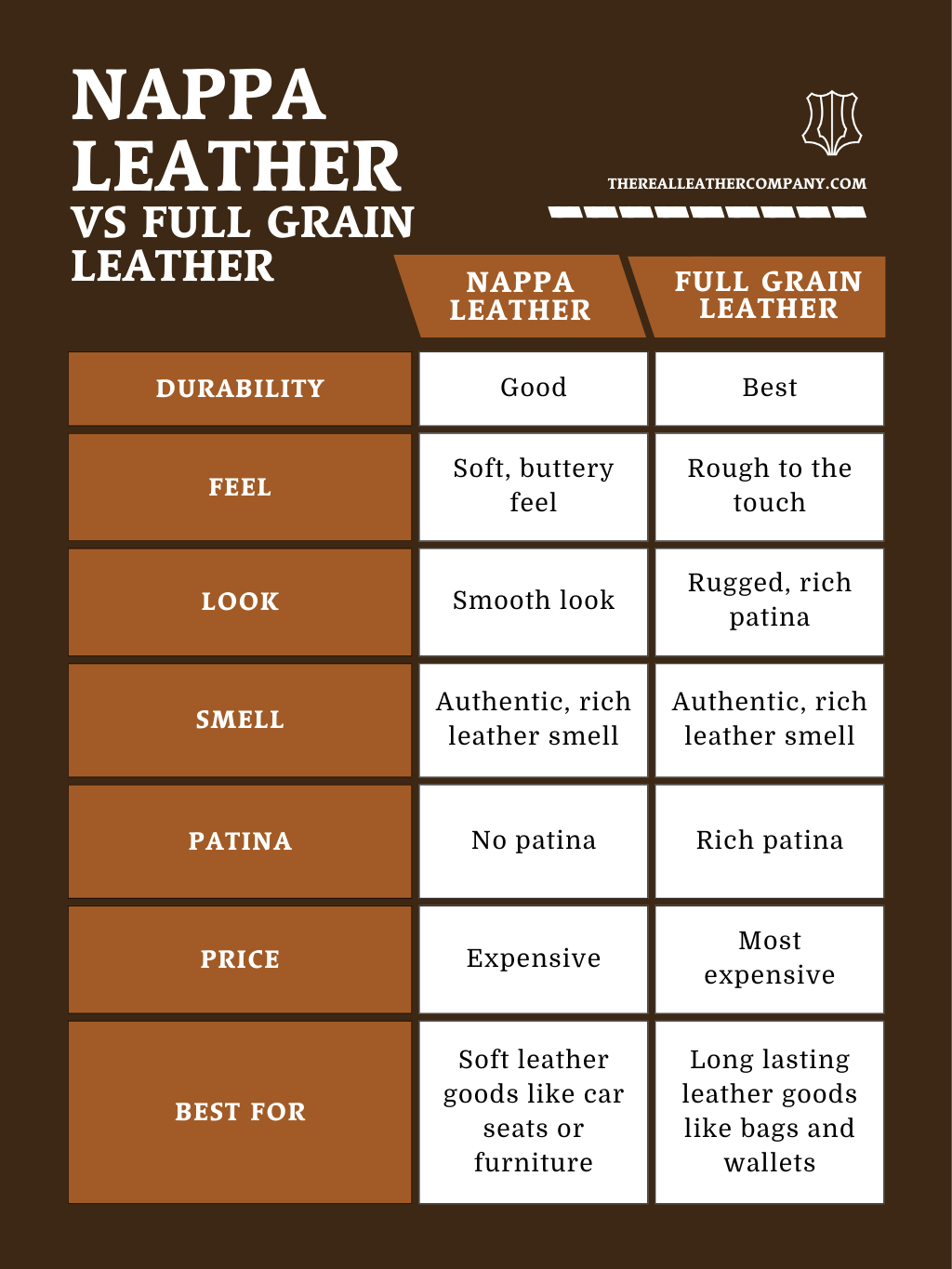
Types of Nappa Leather
Nappa leather comes in various types and finishes, each offering unique characteristics.
Here are some common nappa leather types:
1. Top-Grain Nappa Leather
Top-grain nappa leather is similar to full-grain but has been lightly sanded or buffed to remove imperfections, resulting in a smoother surface.
While it may lack some of the natural texture of full-grain leather, top-grain nappa leather still offers excellent quality and durability.
2. Corrected-Grain Nappa Leather
Corrected-grain nappa leather undergoes additional processing to remove surface imperfections and blemishes.
This type of leather is then embossed with a texture to mimic the look of natural grain.
Corrected-grain nappa leather is often more affordable than full-grain or top-grain varieties but still maintains a soft and luxurious feel.
3. Aniline Nappa Leather
Aniline nappa leather is dyed with soluble dyes and water-soluble colorants, allowing the natural grain and markings of the leather to show through.
This results in a rich, vibrant color and a soft, natural feel.
Aniline nappa leather is prized for its luxurious appearance but may require more care and maintenance to preserve its beauty.
4. Semi-Aniline Nappa Leather
Semi-aniline nappa leather is similar to aniline leather but undergoes a light protective coating or finish, providing some additional durability and stain resistance while still retaining the natural look and feel of the leather.
5. Nubuck Nappa Leather
Nubuck nappa leather is created by buffing or sanding the surface of full-grain leather to create a velvety texture.
While nubuck nappa leather offers a unique tactile experience and luxurious appearance, it may require more care to prevent staining and maintain its softness.

Nappa Leather vs. Full Grain Leather
When it comes to choosing between nappa leather and full grain leather, it's essential to consider the unique qualities of each material.
Both options have their strengths and can be suitable for various applications, but understanding the differences can help you make an informed decision.
Nappa Leather
Nappa leather is celebrated for its luxurious softness and supple texture.
This makes it a popular choice for high-end fashion items like shoes and upholstery as well as car interiors and car seats in the automotive industry.
This leather undergoes an extensive tanning and finishing process, resulting in a material that is exceptionally smooth and pliable.
Nappa leather's refined appearance and comfortable feel make it a favored option for those seeking elegance and sophistication.
Full Grain Leather
Full grain leather is revered for its natural beauty and unparalleled durability, making it a preferred option for high-quality leather goods that are built to last.
Unlike other types of leather, full grain leather retains the entire grain layer of the hide, including its natural markings, original textures and imperfections.
This results in a material that is not only visually striking but also incredibly robust and resilient.
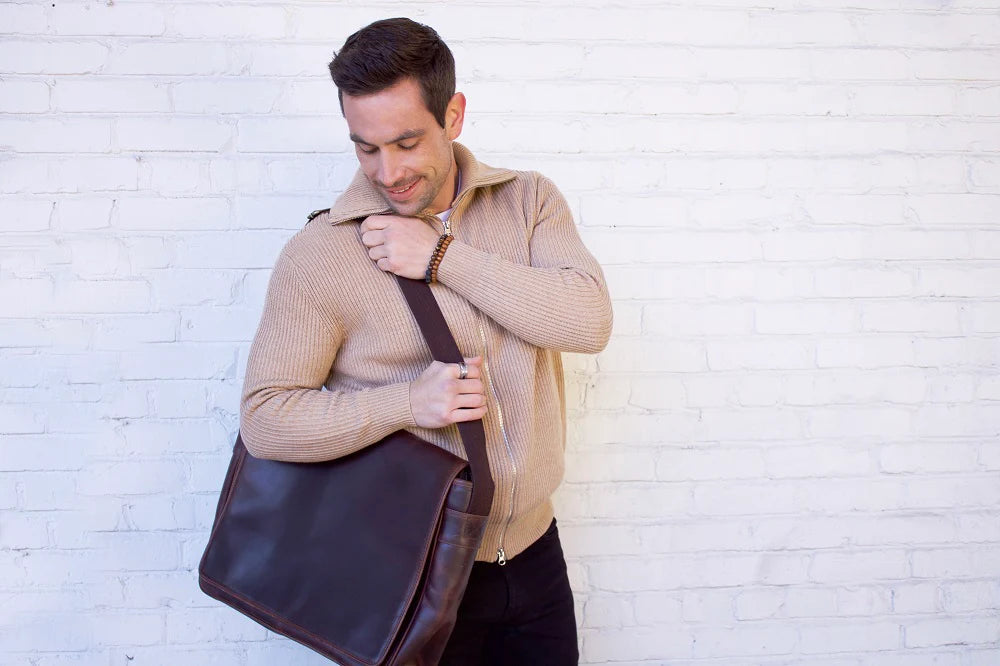
Advantages of Nappa Leather
Nappa leather boasts several advantages that make it a desirable choice for a wide range of luxury products:
1. Luxurious Softness
Nappa leather is renowned for its exceptionally soft and smooth texture, providing a tactile experience that is unmatched by other types of leather.
Its buttery feel adds a sense of comfort and sophistication to any item it adorns.
2. Supple and Flexible
Unlike some leathers that can be stiff or rigid, nappa leather is highly pliable and flexible, allowing for easy manipulation and shaping.
This makes it an ideal material for products that require intricate detailing or a tailored fit, such as gloves or upholstery.
3. Excellent Drape
Nappa leather drapes beautifully and conforms to the body, making it a popular choice for garments like jackets, skirts, and pants.
Its ability to mold to the wearer's shape ensures a flattering and comfortable fit, enhancing the overall look and feel of the garment.
4. Wide Range of Colors and Finishes
Nappa leather is available in an extensive array of colors and finishes, from classic neutrals to bold, vibrant hues.
Whether you prefer a sleek, polished look or a more rustic, distressed appearance, there is a nappa leather option to suit every style and preference.
5. Durability and Longevity
Despite its softness, nappa leather is surprisingly durable and resilient, capable of withstanding everyday wear and tear with ease.
Proper care and maintenance can help preserve its beauty and extend its lifespan, ensuring that products made from nappa leather can be enjoyed for years to come.
Disadvantages of Nappa Leather
While nappa leather offers many advantages, it also has some drawbacks to consider:
1. Susceptible to Scratches and Scuffs
Due to its soft and delicate nature, nappa leather is more prone to scratches, scuffs, and other surface imperfections compared to thicker, more robust leathers.
Care must be taken to avoid sharp objects and abrasive surfaces to prevent damage.
2. Higher Cost
Nappa leather is typically more expensive than other types of leather due to its premium quality and luxurious feel.
3. Requires Regular Maintenance
To keep nappa leather looking its best, regular care and maintenance are essential.
This may include cleaning, conditioning, and protecting the leather from moisture and sunlight.
Failure to properly care for nappa leather can result in premature wear and deterioration.
4. Limited Breathability
While nappa leather is prized for its softness and suppleness, it may lack the breathability of other types of leather, leading to potential discomfort in warmer climates or during prolonged wear.
Proper ventilation and occasional airing out may help mitigate this issue.
5. Not Suitable for Heavy-Duty Use
Despite its durability, nappa leather may not be the best choice for applications that require extreme durability or resistance to harsh conditions, such as heavy-duty work gloves or outdoor footwear.
In these instances, thicker, more rugged genuine leathers like full grain leather may be more appropriate.

How is Nappa Leather Made?
Nappa leather undergoes a meticulous tanning and finishing process to achieve its characteristic softness, smoothness, and luxurious appearance.
Here's an overview of the steps involved in making nappa leather:
1. Selection of Hide
The process begins with the careful selection of hides from sheep, lambs, goats, or other animals known for their fine, soft skin.
These hides are chosen for their quality and suitability for producing nappa leather.
2. Pre-Treatment
The selected hides are cleaned to remove any dirt, hair, and other impurities.
They are then soaked in a solution to loosen the fibers and prepare them for the tanning process.
3. Tanning
The pre-treated hides undergo tanning, a chemical process that transforms the raw hides into stable, durable leather.
Nappa leather is typically chrome-tanned or vegetable-tanned, although other methods may also be used.
Chrome tanning is known for its efficiency and results in a soft, supple leather, while vegetable tanning is prized for its environmental sustainability and natural finish.
4. Softening
After tanning, the leather is softened to enhance its texture and flexibility.
This may involve mechanical processes such as rolling or stretching, as well as chemical treatments to further relax the fibers and remove any remaining stiffness.
5. Finishing
Once the leather is softened to the desired level, it undergoes a series of finishing treatments to enhance its appearance and performance.
This may include dyeing to add color, embossing to create texture or patterns, and application of surface coatings or finishes to improve durability and water resistance.
6. Quality Control
Throughout the manufacturing process, the leather is subjected to rigorous quality control checks to ensure that it meets the standards for nappa leather.
Any imperfections or defects are addressed, and only the highest quality leather is selected for use in finished products.
7. Cutting and Stitching
Finally, the finished nappa leather is cut into panels or pieces according to the specifications of the intended product, such as handbags, shoes, or upholstery.
These pieces are then stitched together by skilled artisans to create the final product.
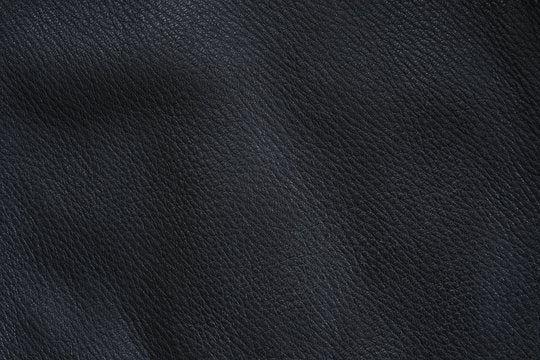
How to check Nappa Leather for Authenticity
Ensuring the authenticity of nappa leather is essential when purchasing leather goods to guarantee quality and value.
Here are some key methods to check the authenticity of nappa leather:
1. Look for Smooth, Soft Texture
Authentic nappa leather is known for its buttery softness and smooth texture.
Run your fingers over the surface of the leather to feel for any irregularities or rough spots.
Genuine nappa leather should feel supple and luxurious to the touch, with no signs of stiffness or coarseness.
2. Examine the Grain
Nappa leather typically has a fine, uniform grain pattern that adds to its elegant appearance.
Inspect the surface of the leather closely to see if you can discern any natural grain markings or variations.
Authentic nappa leather will have a consistent grain structure throughout, indicating high-quality craftsmanship.
3. Check for Flexibility
Nappa leather is highly flexible and pliable, allowing it to drape and mold to the contours of the body.
Gently bend the leather to see how it responds.
Authentic nappa leather will flex easily without cracking or creasing, demonstrating its resilience and durability.
4. Smell the Leather
Authentic nappa leather has a distinct, pleasant smell that is often described as rich and earthy.
Take a sniff of the leather to see if it has a natural, leathery aroma.
Be wary of any strong chemical odors or artificial scents, as these may indicate synthetic or inferior-quality leather.
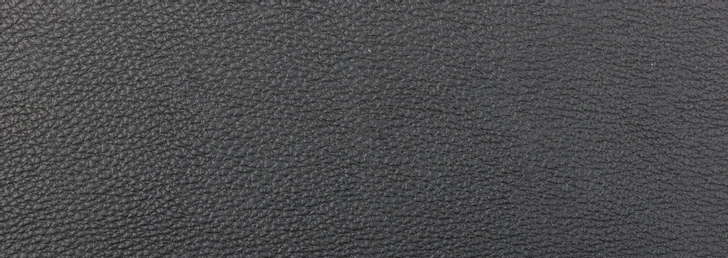
History of Nappa Leather
Napa or Nappa leather takes its name from Napa, California.
The process of making Nappa leather was created by Emanuel Manasse in around 1875.
As the son of a leather tanner in Germany, it made sense that Manasse would continue his father's craft in America.
Manasse was a German tanner who, at the time, was working for The Sawyer Tanning Company in Napa Valley.
It was discovered that treating hides with chromium or aluminum sulfate could make leathers soft without sacrificing their strength.
Upon the discovery of this process, the term Napa leather was coined, and with it, Manasse found great success.
He was later named a partner at The Sawyer Tanning Company due to his great successes.
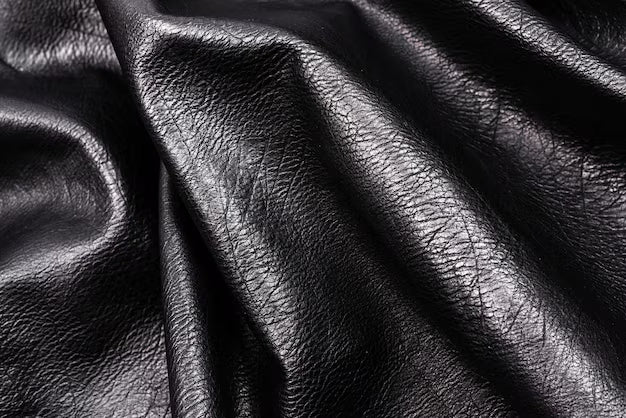
Is Nappa Leather Environmentally Friendly?
The environmental impact of nappa leather production is a complex issue that depends on various factors, including the tanning process, sourcing of raw materials, and waste management practices.
1. Tanning Process
Traditional tanning methods, such as chrome tanning, utilize chemicals that can be harmful to the environment if not managed properly.
However, some tanneries have implemented more eco-friendly methods, such as vegetable tanning to create vegetable tanned leather, which uses natural plant extracts and is considered more sustainable.
2. Chemical Usage
Some chemicals, such as chromium salts used in chrome tanning, are toxic and can contaminate soil and water if not properly disposed of or treated.
To mitigate these risks, many tanneries have implemented measures to minimize chemical usage and adopt safer alternatives.
3. Water Consumption
Leather production requires large quantities of water for various processing stages, including soaking, washing, and dyeing.
Sustainable water management practices, such as water recycling and treatment systems, can help reduce the environmental impact of leather production.
4. Animal Welfare
The sourcing of raw materials for nappa leather, such as hides from sheep, lambs, or goats, raises ethical considerations regarding animal welfare.
5. Waste Management
Leather production generates various types of waste, including trimmings, scraps, and wastewater.
Proper waste management practices, such as recycling leather scraps and treating wastewater, are crucial for minimizing environmental impact and reducing landfill waste.
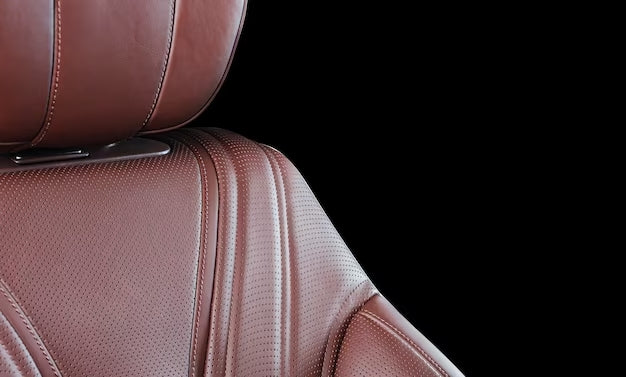
How to Clean Nappa Leather
Nappa leather is easy to wipe down and clean.
Its smooth surface makes it less prone to collecting significant amounts of dust.
Whilst you should avoid soaking leather products in general, Nappa leather is fairly water-resistant, which makes it one of the easiest leathers to clean.
For any surface-level dirt, you should be able to give your Nappa leather products a quick wipe with a damp, soft cloth.
This will remove most of the dust and keep products looking new.
You can also use a leather conditioner to hydrate leather products and act as a protectant, keeping them from cracking.
You should try a small amount of leather conditioner on a hidden area to test it before applying it all over with a soft cloth in a small circular motion.

Uses of Nappa Leather
Nappa leather's unparalleled softness and durability make it ideal for a wide range of luxury products.
Its luxurious texture and elegant appearance elevate the craftsmanship of handbags, briefcases, shoes, and wallets, adding a touch of sophistication to everyday essentials.
Additionally, nappa leather's flexibility and draping qualities make it a favored choice for high-end apparel such as jackets, skirts, purses and gloves, ensuring both comfort and style.
Its resilience and resistance to wear make it suitable for furniture makers and automakers like Porsche and Mercedes, lending a sense of opulence to furniture and nappa leather seats.

FAQs
1. What is nappa leather?
Nappa leather is a type of high-quality, soft, and smooth leather known for its luxurious feel and durability.
It is often used in luxury fashion items such as handbags, shoes, jackets, and upholstery.
2. How is nappa leather different from other types of real leather?
Nappa leather stands out for its exceptionally soft texture and smooth surface, which sets it apart from other types of leather.
Unlike some leathers that can be stiff or rough, nappa leather is a soft leather and is highly pliable and comfortable to the touch.
3. What animals are used to make nappa leather?
Nappa leather can be made from animal hides, most commonly sheep, lambs and goats, but also sometimes cowhide and calves.
The choice of animal skin can impact the texture, appearance, and quality of the leather.
4. How is nappa leather made?
Nappa leather undergoes a meticulous tanning and finishing process to achieve its characteristic softness and smoothness.
This process typically involves pre-treating the hides, tanning them using chrome or vegetable tanning methods, softening the leather, and applying finishing treatments.
5. How can I tell if leather is genuine nappa leather?
To identify genuine nappa leather, look for a smooth, soft texture, consistent grain pattern, and flexibility.
Genuine nappa leather should have a distinct, pleasant smell and exhibit high-quality construction and craftsmanship.
6. Can nappa leather be repaired if damaged?
Minor scratches, scuffs, and stains on nappa leather can often be buffed out or treated with leather care products.
For more significant damage, such as tears or deep cuts, professional leather repair services may be required to restore the leather to its original condition.
7. Is nappa leather worth the investment?
Nappa leather is considered a premium material due to its exceptional quality and luxurious feel.
While it may come with a higher price tag compared to other types of leather, many people consider it a worthwhile investment for its durability, elegance, and timeless appeal.
